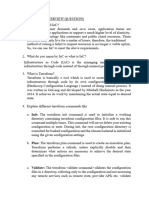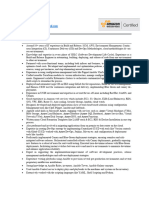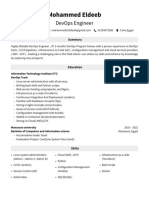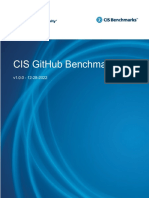0% found this document useful (0 votes)
3 views11 pagesUnit-5 Complete Notes in Question Answer Format
The document explains Git as a distributed version control system and GitHub as a web-based platform for hosting Git repositories, facilitating collaboration and project management. It covers concepts like version control, branching, merging, and the role of issues in tracking project tasks. Additionally, it discusses DevOps practices, delivery pipelines, Node-RED, and the creation of custom nodes within Node-RED.
Uploaded by
roys72796Copyright
© © All Rights Reserved
We take content rights seriously. If you suspect this is your content, claim it here.
Available Formats
Download as PDF, TXT or read online on Scribd
0% found this document useful (0 votes)
3 views11 pagesUnit-5 Complete Notes in Question Answer Format
The document explains Git as a distributed version control system and GitHub as a web-based platform for hosting Git repositories, facilitating collaboration and project management. It covers concepts like version control, branching, merging, and the role of issues in tracking project tasks. Additionally, it discusses DevOps practices, delivery pipelines, Node-RED, and the creation of custom nodes within Node-RED.
Uploaded by
roys72796Copyright
© © All Rights Reserved
We take content rights seriously. If you suspect this is your content, claim it here.
Available Formats
Download as PDF, TXT or read online on Scribd
/ 11
















































































